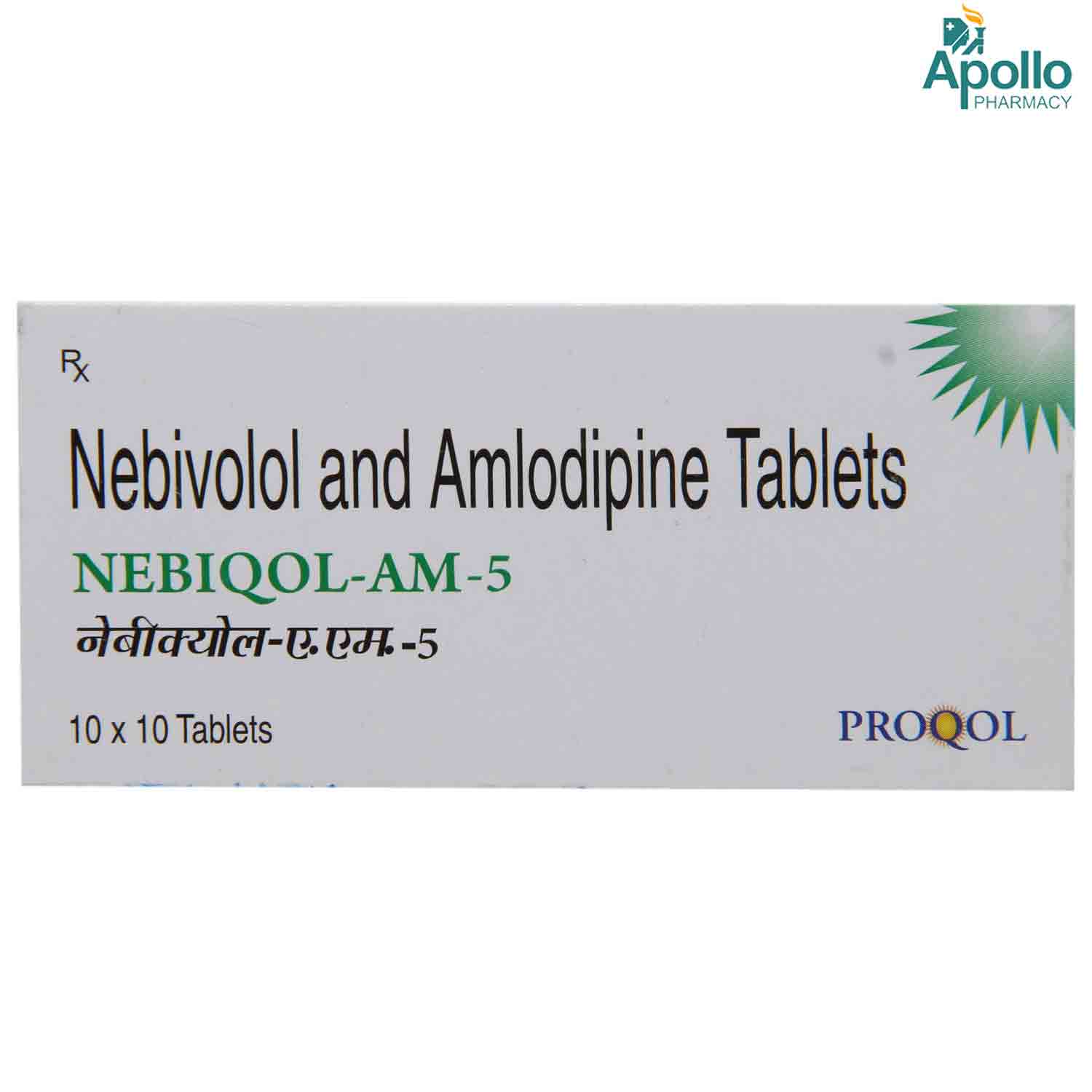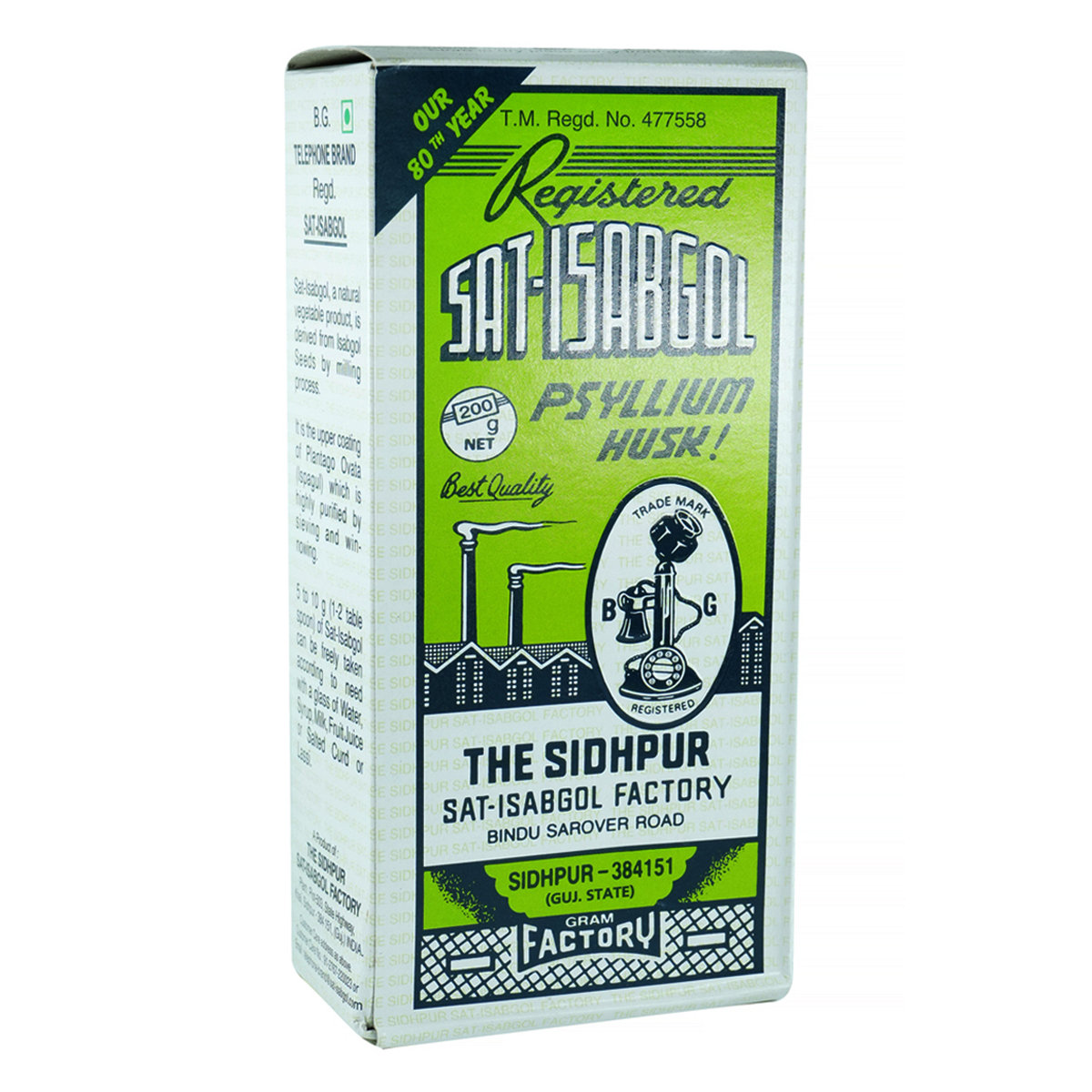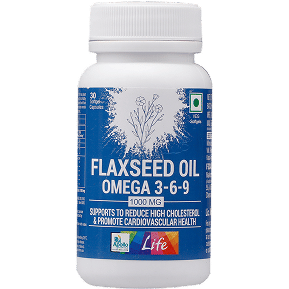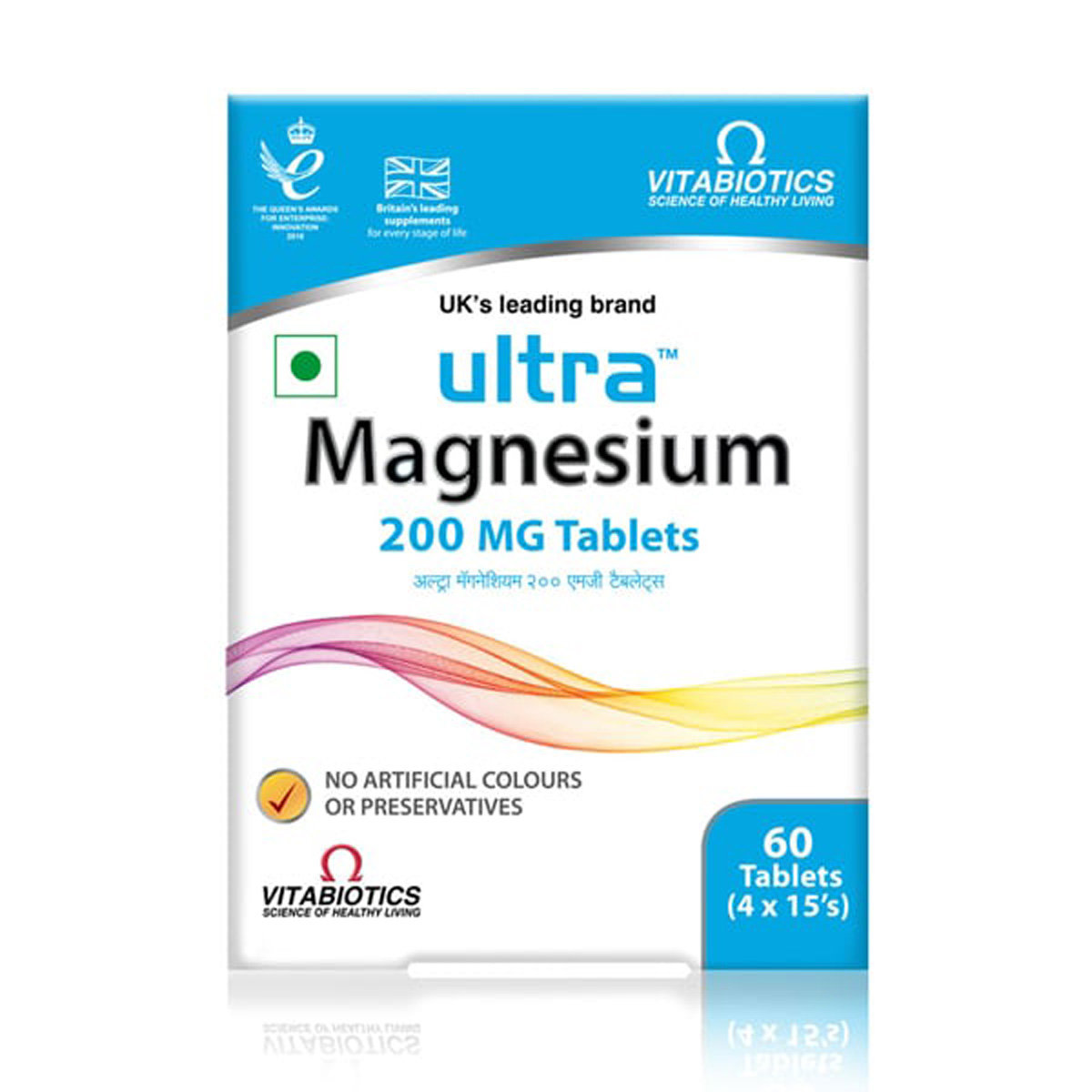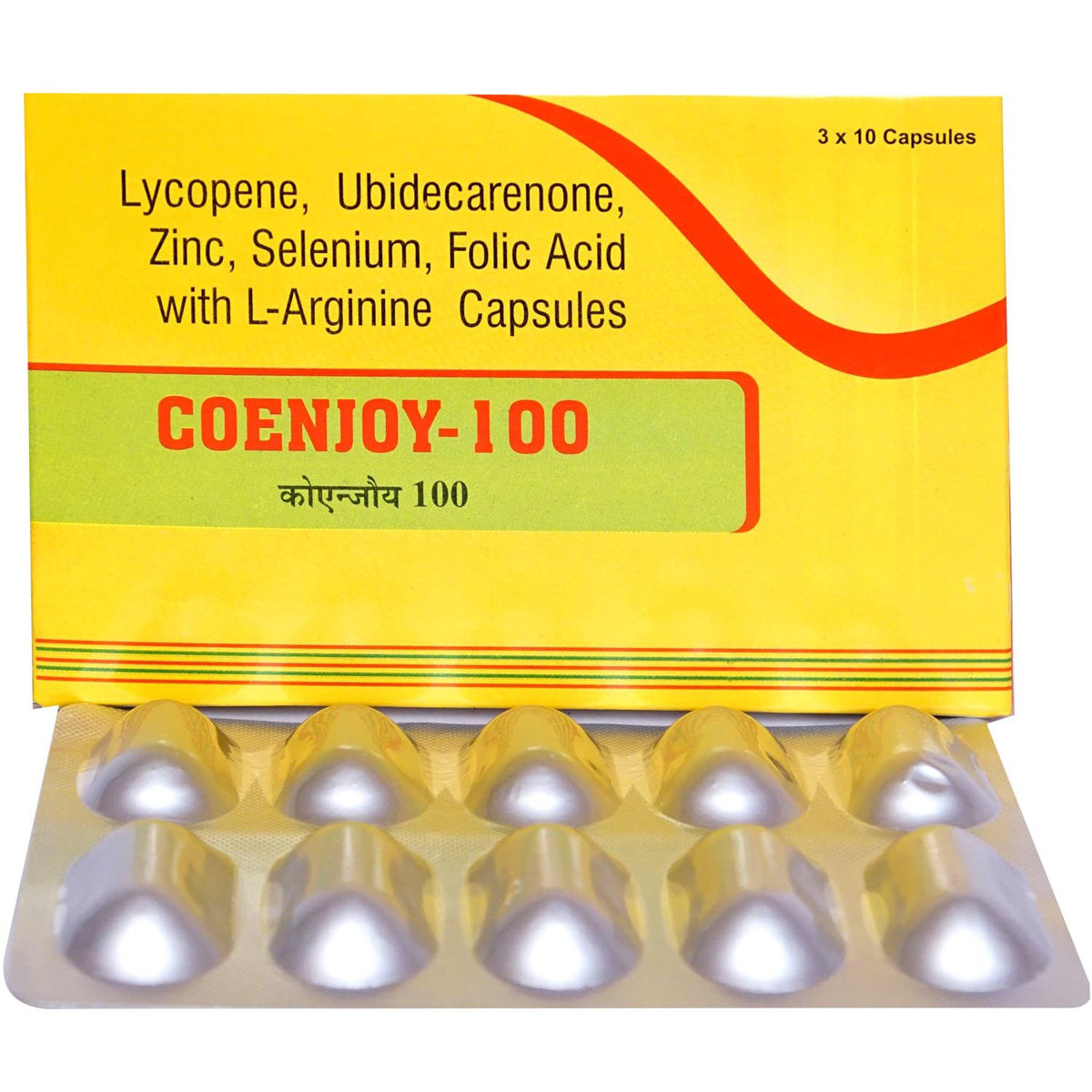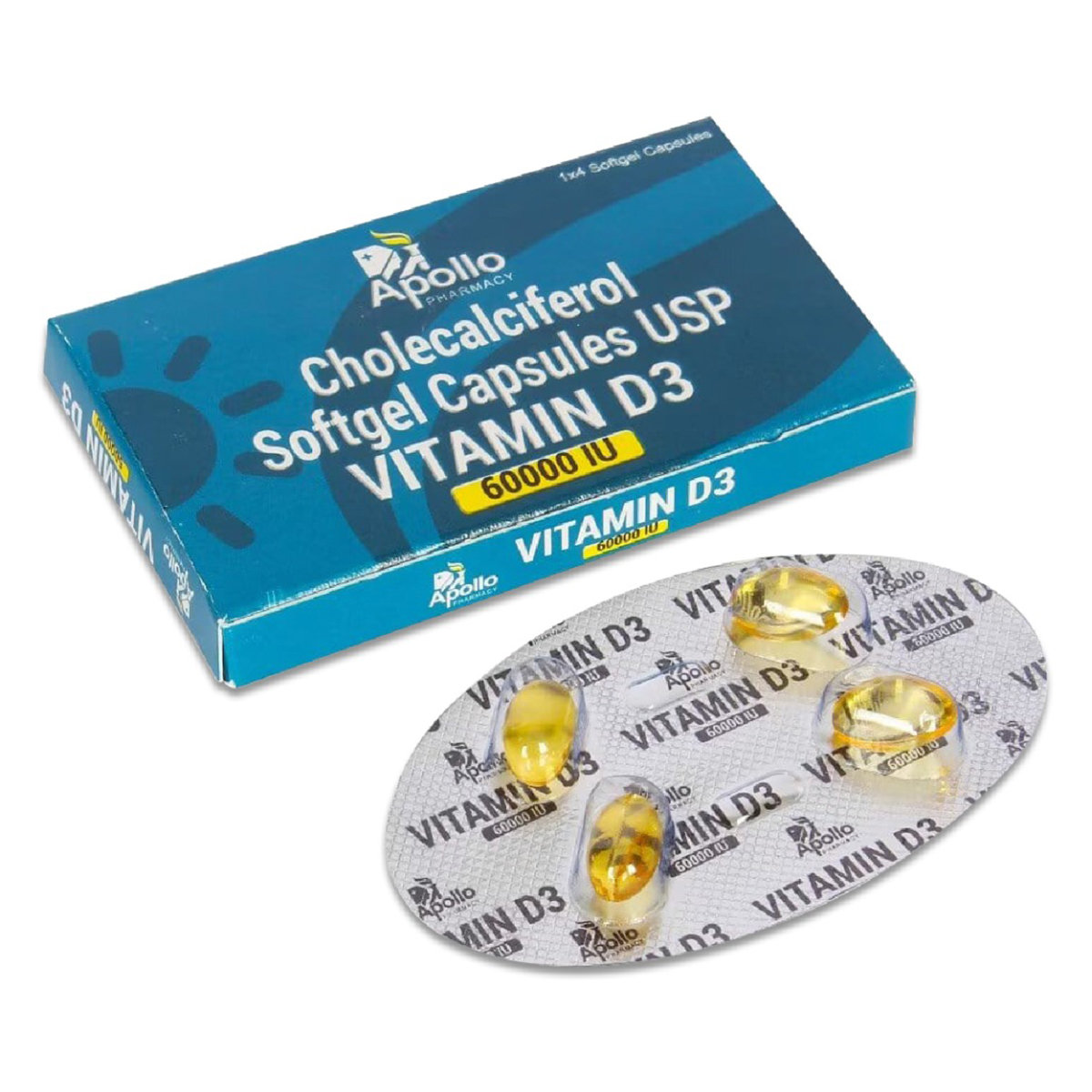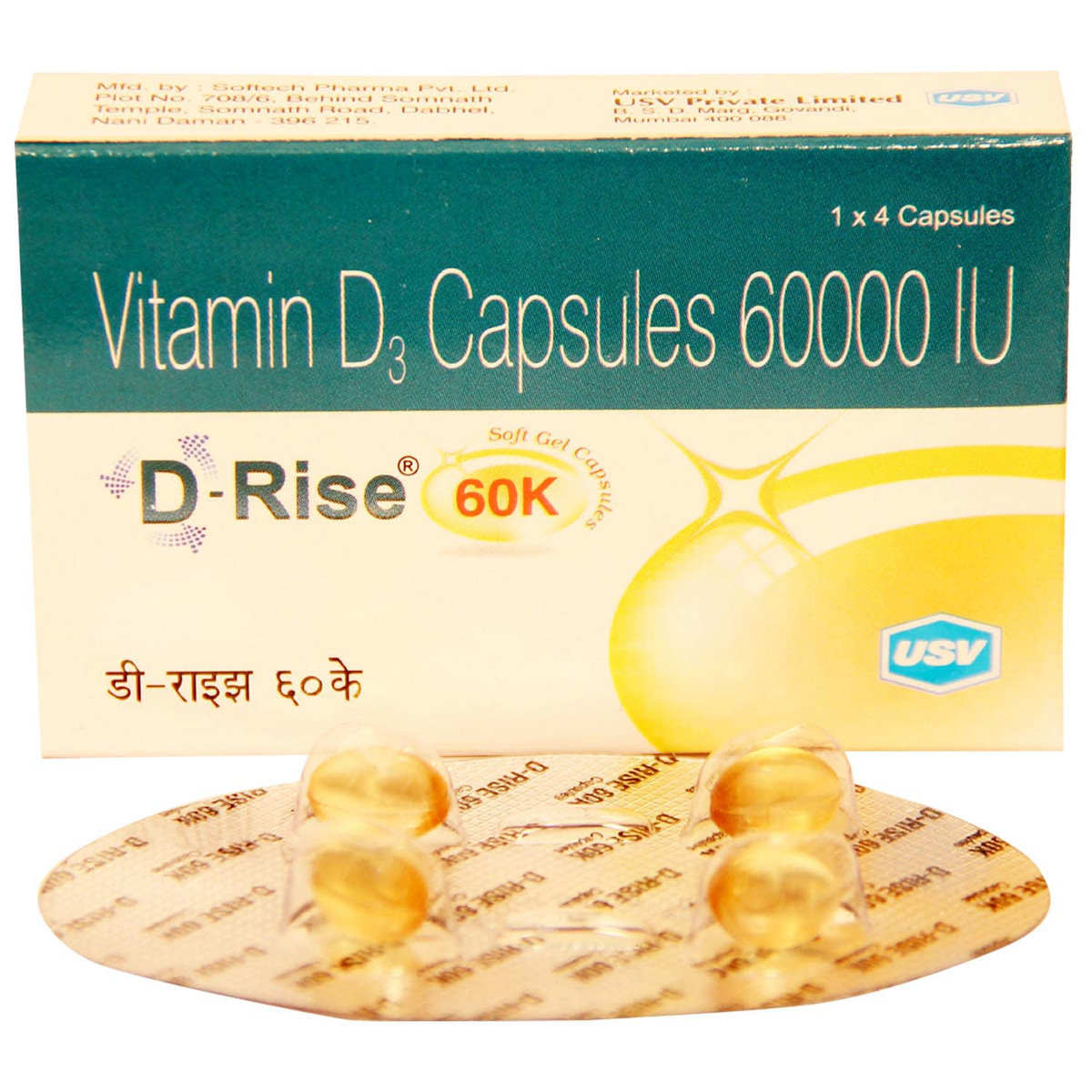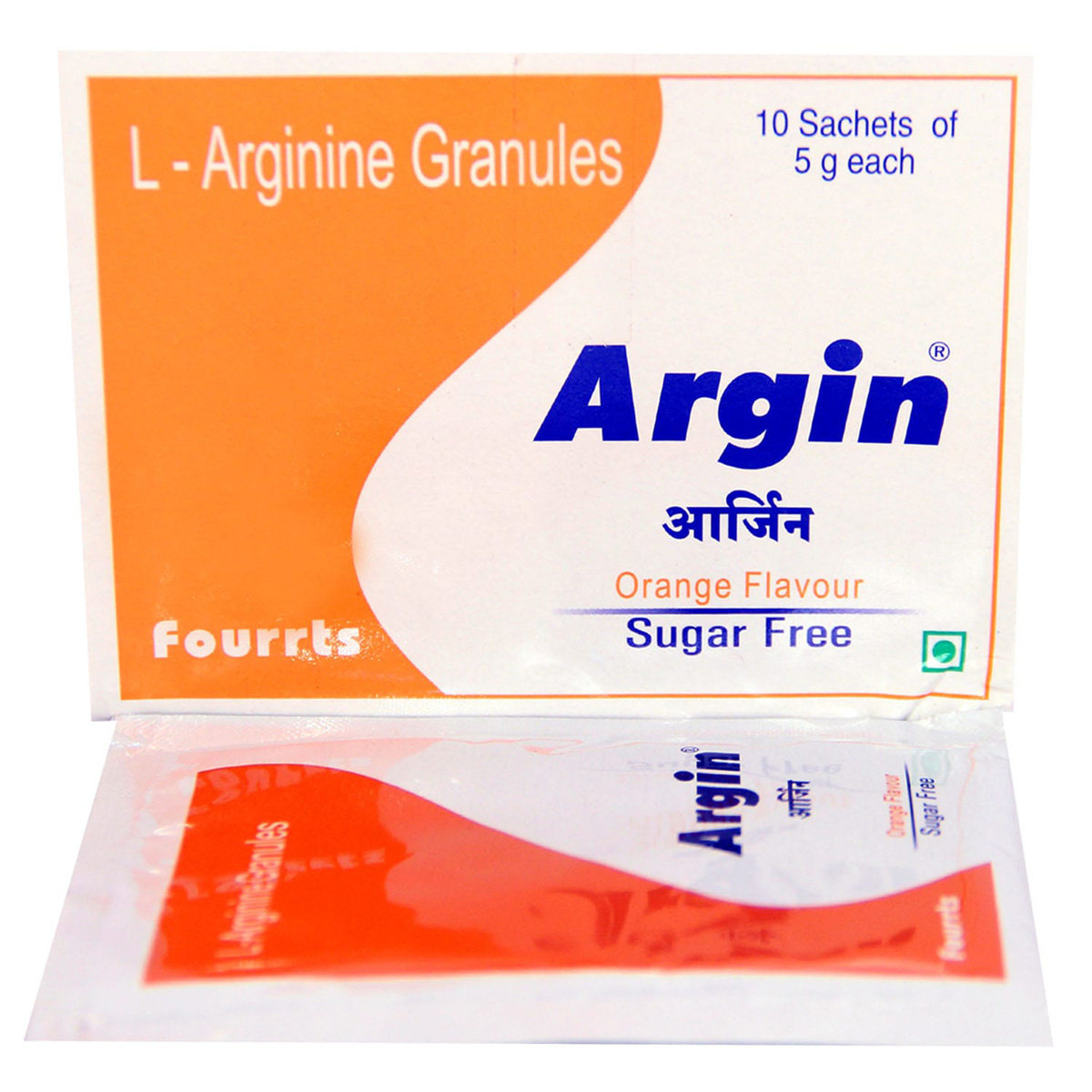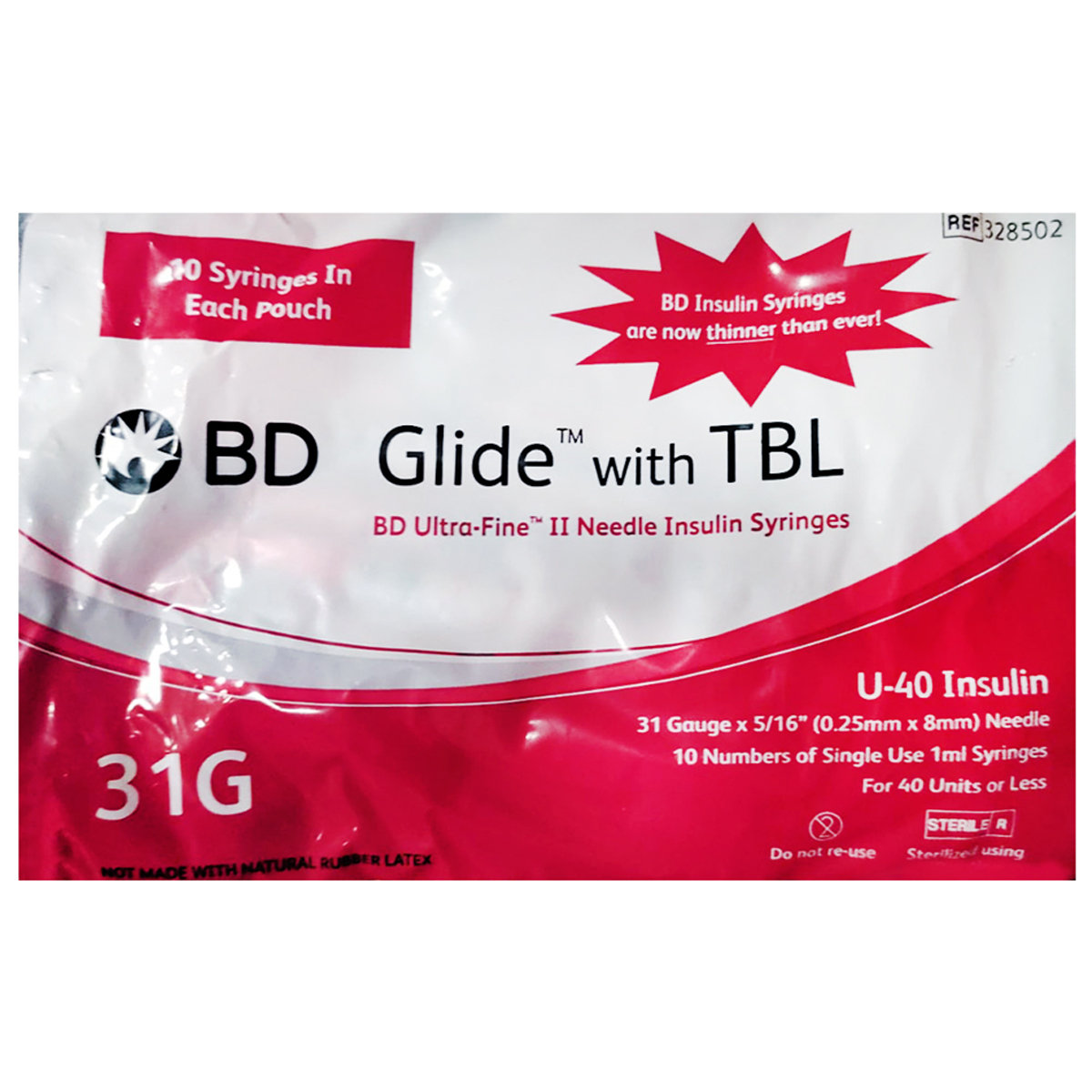Nebilong-AM Tablet

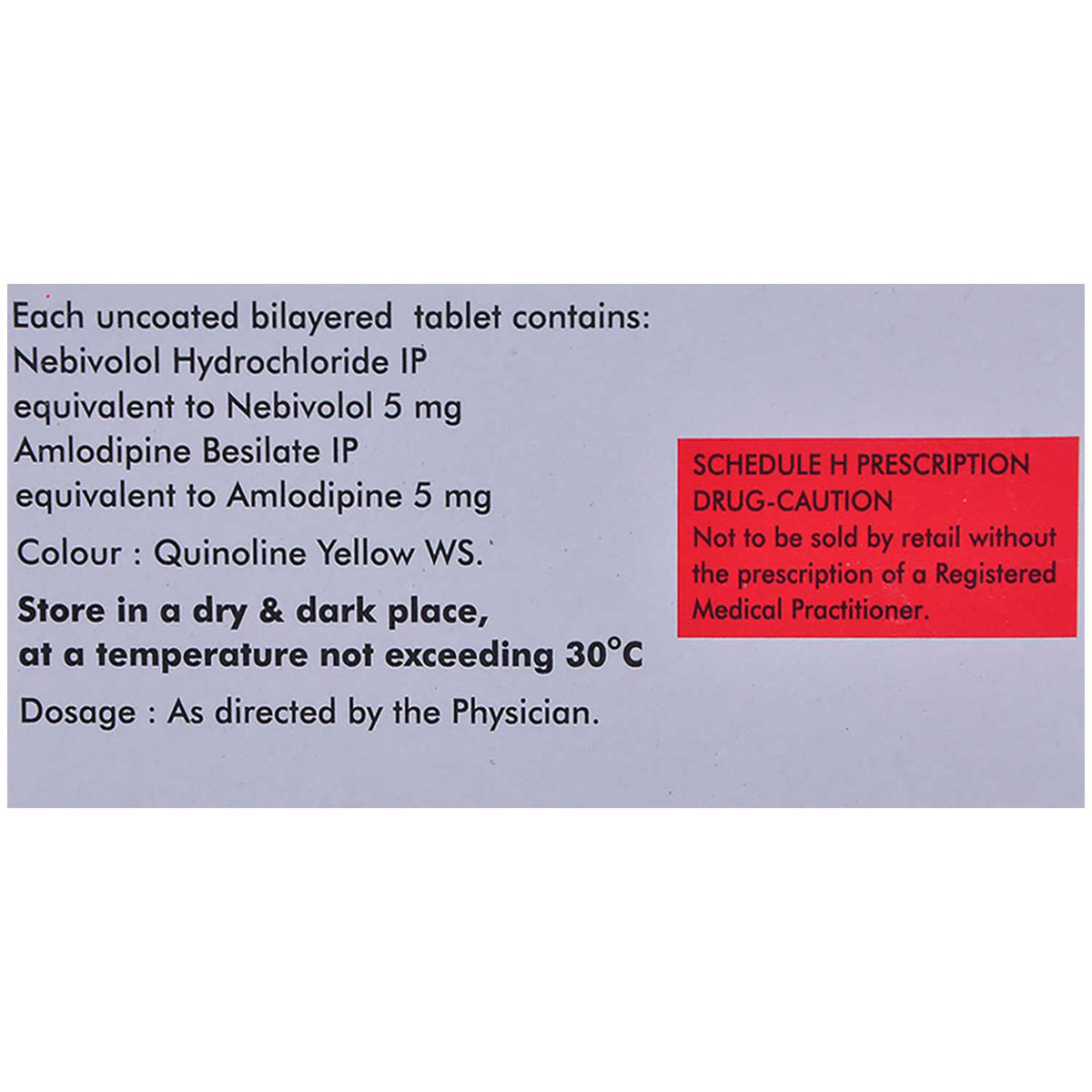
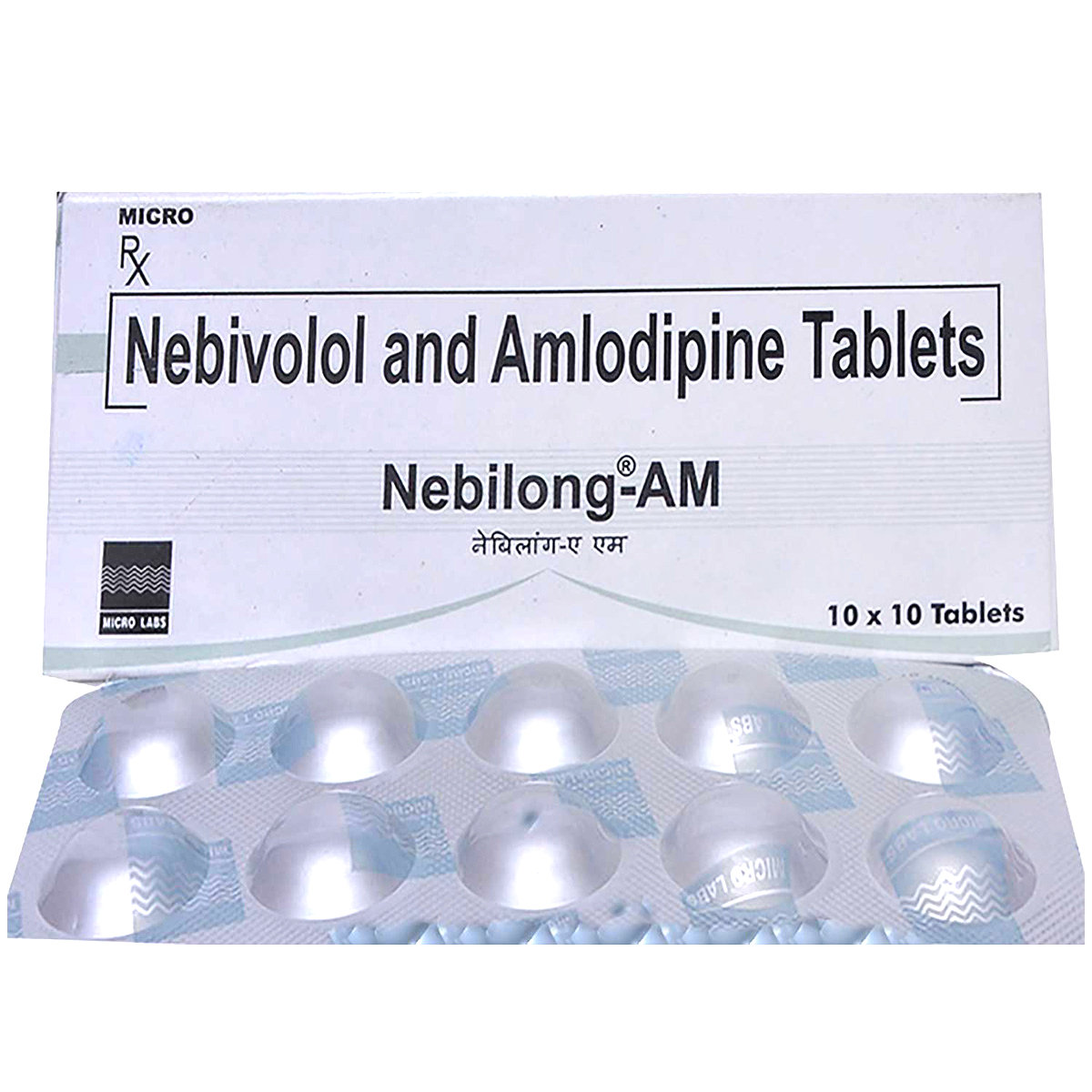
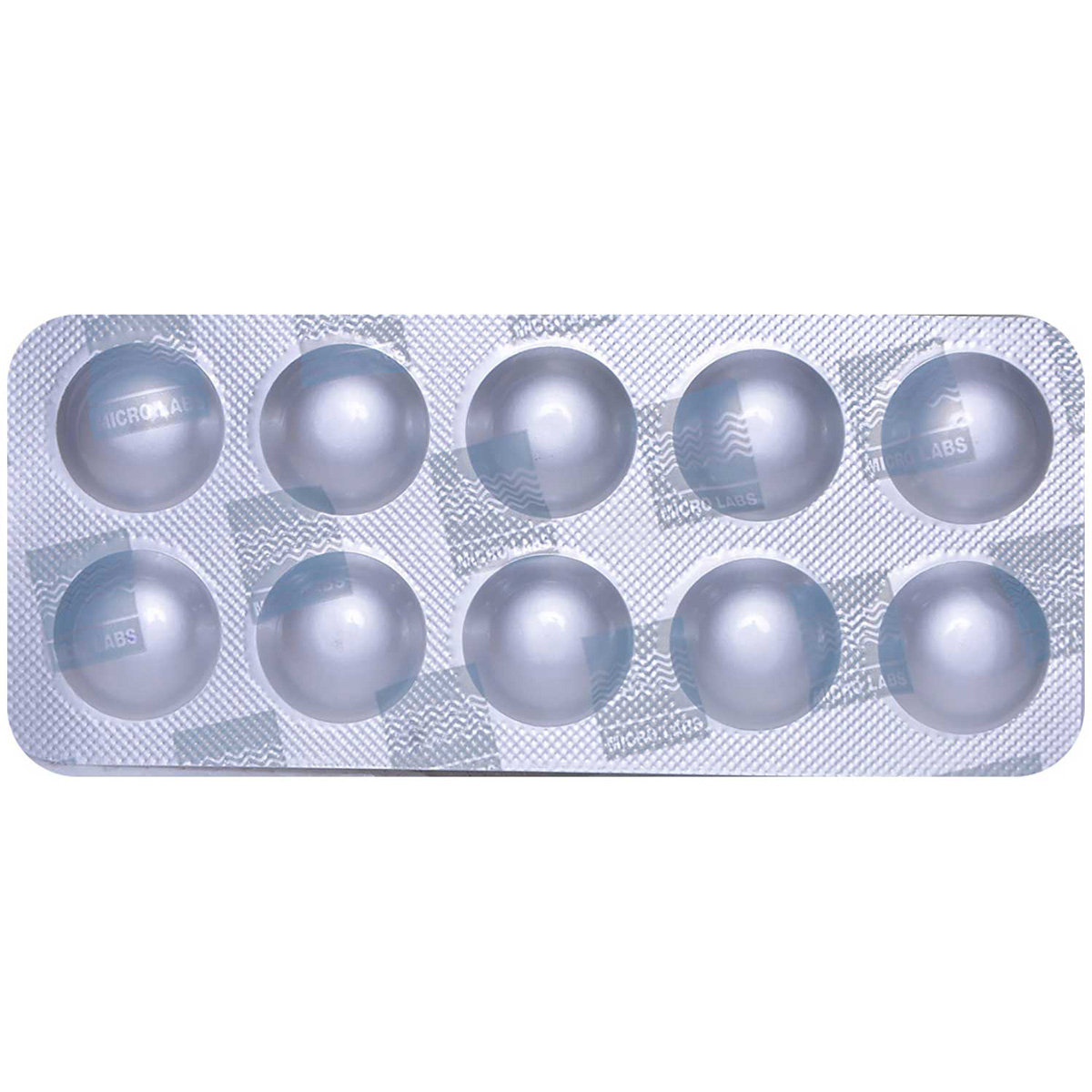
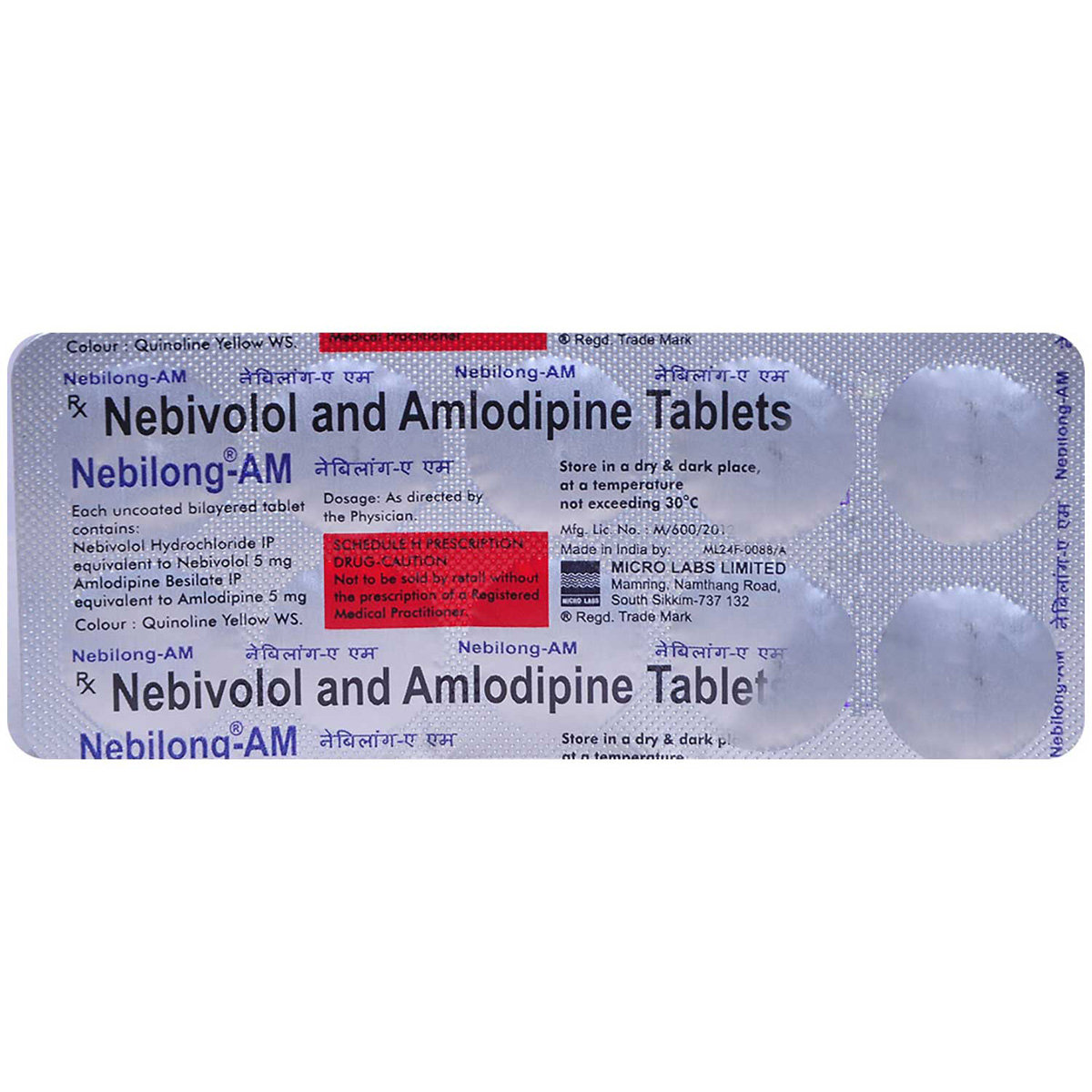
MRP ₹127.5
(Inclusive of all Taxes)
₹19.1 Cashback (15%)
know your delivery time
Provide Delivery Location
Composition :
Manufacturer/Marketer :
Consume Type :
Expires on or after :
Return Policy :
Selected Pack Size:10
10 ₹114.8
(₹11.48 per unit)
In Stock
15 ₹171.9
(₹11.46 per unit)
In Stock

Secure Payment

Trusted by 8 Crore Indians

Genuine Products
Therapeutic Class
Country of origin
Manufacturer/Marketer address
Disclaimer
Alcohol
Safe if prescribed
You are recommended not to consume alcohol along with Nebilong-AM Tablet to avoid unpleasant side-effects.
Pregnancy
Consult your doctor
It is advised to consult your doctor if you plan to conceive or are already pregnant before starting Nebilong-AM Tablet .
Breast Feeding
Consult your doctor
Please consult your doctor before taking Nebilong-AM Tablet if you are breastfeeding; your doctor will prescribe you Nebilong-AM Tablet only if the benefits outweigh the risks.
Driving
Safe if prescribed
Nebilong-AM Tablet may cause dizziness and weakness, do not drive or operate heavy machinery if you feel dizzy.
Liver
Consult your doctor
Nebilong-AM Tablet to be taken with caution, especially if you have a history of liver diseases/conditions. The dose may have to be adjusted by your doctor.
Kidney
Consult your doctor
Nebilong-AM Tablet to be taken with caution, especially if you have a history of kidney diseases/conditions. The dose may have to be adjusted by your doctor.
Children
Safe if prescribed
Nebilong-AM Tablet should not be used by children, as the efficacy and safety have not been established.
Product Substitutes
About Nebilong-AM Tablet
Nebilong-AM Tablet is a combination of blood pressure-lowering medicine, primarily used to treat high blood pressure. Nebilong-AM Tablet contains Amlodipine (calcium channel blocker) and Nebivolol (beta-blocker) which collectively lower blood pressure. Hypertension or high blood pressure is a chronic condition in which the force exerted by the blood against the artery wall is high. As a result, it leads to heart diseases, irregular heartbeat, and other complications.
Nebilong-AM Tablet contains Amlodipine (calcium channel blocker) and Nebivolol (beta-blocker), primarily used to treat high blood pressure. Amlodipine works by relaxing the blood vessels. Nebivolol acts by relaxing and widening the blood vessels making it easier for the heart to pump blood to all parts of the body. This lowers your blood pressure and helps in reducing your risk of having a stroke, a heart attack, other heart problems, or kidney problems in the future. This medicine needs to be taken regularly to be effective.
Take Nebilong-AM Tablet as prescribed by your doctor. You are advised to take Nebilong-AM Tablet for as long as your doctor has prescribed it for you, depending upon your medical condition. Preferably take it after a meal to avoid an upset stomach. In some cases, you may experience headaches, feeling exhausted, cold extremities, ankle swelling, slow heart rate, constipation, tiredness. Most of these side effects of Nebilong-AM Tablet do not require medical attention and gradually resolve over time. However, if the side effects are persistent, reach out to your doctor.
It is advisable to drink plenty of fluids while taking this medicine to overcome muscle weakness, dry mouth, and extreme thirst. Do not take grapefruit or grapefruit juices with Nebilong-AM Tablet as it can increase the concentration of Nebilong-AM Tablet and worsen its side effects. Please inform your doctor if you have had an allergic reaction to Nebilong-AM Tablet , are pregnant or planning to get pregnant, are breastfeeding, have liver disease or kidney disease, heart failure, diabetes, a heart valve problem, or heart attack. Reducing the amount of table salt (sodium chloride) in your food often relieves the swelling of the body. Nebilong-AM Tablet is prescribed to adults and children more than six years of age.
Uses of Nebilong-AM Tablet
Medicinal Benefits Mweb
Key Benefits
Nebilong-AM Tablet is a combination of blood pressure-lowering medicine, contains Amlodipine (calcium channel blocker) and Nebivolol (beta-blocker), primarily used to treat high blood pressure. Amlodipine works by relaxing the blood vessels. Nebivolol acts by relaxing and widening the blood vessels, making it easier for the heart to pump blood to all parts of the body. This lowers your blood pressure and reduces your risk of having a stroke, a heart attack, other heart problems, or kidney problems in the future. This medicine needs to be taken regularly to be effective.
Directions for Use
Side Effects of Nebilong-AM Tablet
- Headaches
- Feeling exhausted
- Cold extremities
- Ankle swelling
- Slow heart rate
- Constipation
- Tiredness
Drug Warnings
Don't stop taking Nebilong-AM Tablet without talking to your doctor first. Stopping Nebilong-AM Tablet abruptly may cause changes in your heart rhythm and blood pressure, cause chest pain, or a heart attack. Your doctor will lower your dose gradually over a period of time to help prevent these symptoms. You should not use Nebilong-AM Tablet if you have a very slow heartbeat, asthma, serious heart condition (sick sinus syndrome), or any heart blockage. It should not be given to children less than 12 years of age. Before taking Nebilong-AM Tablet you should tell the doctor if you have any muscle disorder (myasthenia gravis, rhabdomyolysis), breathing problem (COPD, bronchitis, emphysema), low blood sugar level (hypoglycemia), low blood pressure (hypotension), depression, previous heart failure, liver/kidney disease, thyroid hormone disorder, adrenal gland cancer, or problems with circulation (Raynaud’s syndrome).
Drug-Drug Interactions
Drug-Drug Interactions
Login/Sign Up
Using Nebilong-AM Tablet together with dantrolene may increase the risk of hyperkalemia (high blood potassium).
How to manage the interaction:
Taking Nebilong-AM Tablet with Dantrolene can cause an interaction, consult a doctor before taking it. You should seek medical attention if you experience nausea, vomiting, weakness, confusion, tingling of the hands and feet, a weak pulse, or a slow or irregular heartbeat. Do not stop using any medications without talking to a doctor.
Using Nebilong-AM Tablet and mitotane together may drastically lower Nebilong-AM Tablet blood levels, which makes the medicine less effective.
How to manage the interaction:
Although co-administration of Nebilong-AM Tablet with mitotane can result in an interaction, it can be taken if a doctor has advised it. Do not discontinue any medications without consulting a doctor.
Using phenobarbital and Nebilong-AM Tablet may drastically lower Nebilong-AM Tablet blood levels, which makes the medicine less effective.
How to manage the interaction:
Although co-administration of phenobarbital with Nebilong-AM Tablet can result in an interaction, it can be taken if a doctor has advised it. Do not discontinue any medications without consulting a doctor.
Coadministration of Nebilong-AM Tablet and carbamazepine together may significantly reduce Nebilong-AM Tablet blood levels, making the medicine less effective.
How to manage the interaction:
Although there is an interaction between Nebilong-AM Tablet with carbamazepine, it can be taken if a doctor has advised it. However, if you experience any unusual symptoms contact the doctor immediately. Do not stop using any medications without talking to a doctor.
Using Nebilong-AM Tablet and phenytoin together may drastically lower Nebilong-AM Tablet blood levels, which makes the medicine less effective.
How to manage the interaction:
Although Nebilong-AM Tablet with phenytoin can result in an interaction, it can be taken if a doctor has advised it. Do not discontinue any medications without consulting a doctor.
Using Nebilong-AM Tablet and primidone together may lower Nebilong-AM Tablet blood levels, which makes the medicine less effective.
How to manage the interaction:
Although co-administration of Nebilong-AM Tablet with primidone can result in an interaction, it can be taken if a doctor has advised it. Do not discontinue any medications without consulting a doctor.
Coadministration of lemborexant and Nebilong-AM Tablet may increase the blood levels of lemborexant.
How to manage the interaction:
Although co-administration of Nebilong-AM Tablet with Lemborexant can result in an interaction, it can be taken if a doctor has advised it. However, consult your doctor if you experience abnormal sleep patterns, worsening of depression, changes in heartbeat, or headache. Do not discontinue any medications without consulting a doctor.
Taking simvastatin with Nebilong-AM Tablet may result in considerably higher blood levels of simvastatin and may increase the risk of side effects (liver damage and rhabdomyolysis - an uncommon but serious illness characterized by the breakdown of skeletal muscle tissue).
How to manage the interaction:
Although taking Nebilong-AM Tablet with simvastatin can result in an interaction, it can be taken if a doctor has advised it. If you have unexplained muscular pain, soreness, or weakness while using simvastatin, especially if these symptoms are accompanied by fever or dark-colored urine, consult the doctor immediately. However, if you develop a fever, chills, joint pain or swelling, unusual bleeding or bruising, skin rash, itching, loss of appetite, fatigue, nausea, vomiting, dark colored urine, and/or yellowing of the skin or eyes, consult the doctor. Do not stop using any medications without a doctor's advice.
Co-administration of Nebilong-AM Tablet can make Sirolimus may increase the risk of angioedema (a condition associated with swelling of the face, eyes, lips, tongue, throat, and occasionally also the hands and feet).
How to manage the interaction:
There may be a possibility of interaction between Nebilong-AM Tablet and Sirolimus, but it can be taken if prescribed by a doctor. However, consult the doctor if you notice any swelling of the face, eyes, lips, tongue, throat, hands and feet or have trouble breathing or swallowing. Do not stop using any medications without a doctor's advice.
Co-administration of Tizanidine and Nebilong-AM Tablet can increase the risk or severity of developing side effects like low blood pressure.
How to manage the interaction:
Although co-administration of Nebilong-AM Tablet with tizanidine can result in an interaction, it can be taken when a doctor has advised it. However, if you experience headache, dizziness, palpitations, or irregular heart rate while taking these drugs, contact the doctor immediately. Use caution while getting up from a sitting or sleeping position and avoid driving or using dangerous machinery. Do not discontinue any medications without consulting the doctor.
Drug-Food Interactions
Drug-Food Interactions
Login/Sign Up
Grapefruit, Grapefruit Juice
How to manage the interaction:
Consumption of grapefruit and grapefruit juice with Nebilong-AM Tablet the levels of Nebilong-AM Tablet in your bloodstream may drop. Avoid consuming a lot of grapefruit juice and grapefruit when using Nebilong-AM Tablet, instead, take it with water. As a result, your body will absorb the drug more easily.
Drug-Diseases Interactions
Drug-Diseases Interactions
Login/Sign Up
Drug-Drug Interactions Checker List
- ATENOLOL
- BISOPROLOL
- CARTEOLOL
- ESMOLOL
- METOPROLOL
- SOTALOL
- ALISKIREN
- AMILORIDE
- ENALAPRIL
- QUINAPRIL
- DILTIAZEM
- THEOPHYLLINE
- AMINOPHYLLINE
- POTASSIUM
- IBUPROFEN
- ASPIRIN
- ALPRAZOLAM
- DIAZEPAM
Habit Forming
Special Advise
- Regularly monitor blood pressure levels to prevent hypotension (low blood pressure).
- Get up slowly while rising from lying or sitting position as Nebilong-AM Tablet may cause dizziness.
- Keep your doctor informed about your health/disease conditions and the medicines you are taking.
- To treat your condition effectually, continue taking Nebilong-AM Tablet for as long as your doctor has prescribed it. Try not to stop taking it on your own as it may suddenly increase blood pressure, chest pain, or heart attack.
- Your doctor may advise you to get a regular kidney function test and potassium levels in the body while taking Nebilong-AM Tablet .
Diet & Lifestyle Advise
- Keep your weight under control with BMI (Body Mass Index) 19.5-24.9.
- Do regular physical activity or exercise for at least 150 minutes per week, or about 30 minutes most days of the week. Doing this can help you to lower your raised blood pressure by about 5 mm of Hg.
- Opt for a diet rich in whole grains, fruits, veggies, and low-fat dairy products.
- If you are taking alcohol, then only one serving for women and two servings is advisable.
- Quitting smoking is the best strategy to lower the risk of heart disease.
- Avoid chronic stress, as it can raise your blood pressure. Try to enjoy and spend time with your loved ones to cope with stress and practice mindfulness techniques.
- Monitor your blood pressure daily and if there is too much fluctuation, then immediately contact your doctor.
- Try to include heart-healthy omega-3 fatty acids containing food drinks in your daily diet. You can also use low-fat cooking oil like olive oil, soybean oil, canola oil, and coconut oil can help in lowering your elevated blood pressure.
All Substitutes & Brand Comparisons
RX
Out of StockAmoline-NB Tablet
Zeelab Pharmacy Pvt Ltd
₹30
(₹2.7 per unit)
76% CHEAPERRX
Nebiwin AM Tablet 10's
Docwin Healthcare
₹56
(₹5.04 per unit)
56% CHEAPERRX
Nevelol AM Tablet 10's
Finecure Pharmaceuticals Ltd
₹90
(₹8.1 per unit)
29% CHEAPER
Buy best Cardiology products by
Torrent Pharmaceuticals Ltd
Sun Pharmaceutical Industries Ltd
Lupin Ltd
Intas Pharmaceuticals Ltd
Cipla Ltd
Micro Labs Ltd
Macleods Pharmaceuticals Ltd
Abbott India Ltd
Ajanta Pharma Ltd
Ipca Laboratories Ltd
Eris Life Sciences Ltd
Mankind Pharma Pvt Ltd
Lloyd Healthcare Pvt Ltd
Dr Reddy's Laboratories Ltd
Glenmark Pharmaceuticals Ltd
Emcure Pharmaceuticals Ltd
Alembic Pharmaceuticals Ltd
Alkem Laboratories Ltd
East West Pharma India Pvt Ltd
USV Pvt Ltd
Zydus Healthcare Ltd
Aristo Pharmaceuticals Pvt Ltd
Elbrit Life Sciences Pvt Ltd
J B Chemicals & Pharmaceuticals Ltd
Zydus Cadila
Akumentis Healthcare Ltd
Alteus Biogenics Pvt Ltd
Hbc Life Sciences Pvt Ltd
Fusion Health Care Pvt Ltd
Troikaa Pharmaceuticals Ltd
La Renon Healthcare Pvt Ltd
Corona Remedies Pvt Ltd
Jubilant Lifesciences Ltd
Medley Pharmaceuticals Ltd
Knoll Healthcare Pvt Ltd
Msn Laboratories Pvt Ltd
Zuventus Healthcare Ltd
Cadila Pharmaceuticals Ltd
Blue Cross Laboratories Pvt Ltd
Lividus Pharmaceuticals Pvt Ltd
Morepen Laboratories Ltd
Ranmarc Labs
Shrrishti Health Care Products Pvt Ltd
Sanofi India Ltd
Steris Healthcare
Elder Pharmaceuticals Ltd
Primus Remedies Pvt Ltd
Unison Pharmaceuticals Pvt Ltd
Eswar Therapeutics Pvt Ltd
Knoll Pharmaceuticals Ltd
Tas Med India Pvt Ltd
Systopic Laboratories Pvt Ltd
Indiabulls Pharmaceuticals Pvt Ltd
Leeford Healthcare Ltd
Sinsan Pharmaceuticals Pvt Ltd
Biochem Pharmaceutical Industries Ltd
Cadila Healthcare Ltd
Azkka Pharmaceuticals Pvt Ltd
Nirvana India Pvt Ltd
Orsim Pharma
Prevego Healthcare & Research Pvt Ltd
Econ Healthcare
Elinor Pharmaceuticals (P) Ltd
FDC Ltd
Sunij Pharma Pvt Ltd
Nicholas Piramal India Ltd
Astra Zeneca Pharma India Ltd
Pfizer Ltd
Lia Life Sciences Pvt Ltd
Shine Pharmaceuticals Ltd
Elicad Pharmaceuticals Pvt Ltd
Indoco Remedies Ltd
Proqol Health Care Pvt Ltd
Vasu Organics Pvt Ltd
Biocon Ltd
Opsis Care Lifesciences Pvt Ltd
Johnlee Pharmaceuticals Pvt Ltd
Merck Ltd
Wockhardt Ltd
Auspharma Pvt Ltd
Ergos Life Sciences Pvt Ltd
Lakshya Life Sciences Pvt Ltd
Ordain Health Care Global Pvt Ltd
Pficus De Med Pvt Ltd
ALICAN PHARMACEUTICAL PVT LTD
RPG Life Sciences Ltd
Glynis Pharmaceuticals Pvt Ltd
Orris Pharmaceuticals
Samarth Life Sciences Pvt Ltd
Aprica Pharmaceuticals Pvt Ltd
Aretaeus Pharmaceuticals Pvt Ltd
Koye Pharmaceuticals Pvt Ltd
Neocardiab Care
Retra Life Science Pvt Ltd
Alniche Life Sciences Pvt Ltd
Alvio Pharmaceuticals Pvt Ltd
Arkas Pharma Pvt Ltd
Atos Lifesciences Pvt Ltd
Divine Savior Pvt Ltd
Metalis Lifesciences Pvt Ltd
Frequently Bought Together
Customers Also Bought
Recommended for a 30-day course: 3 Strips



